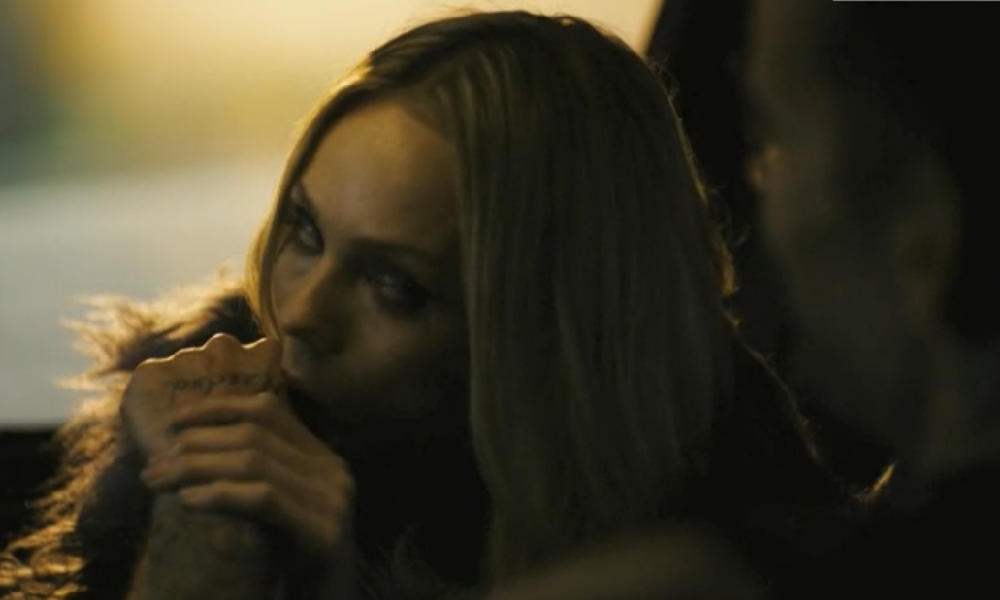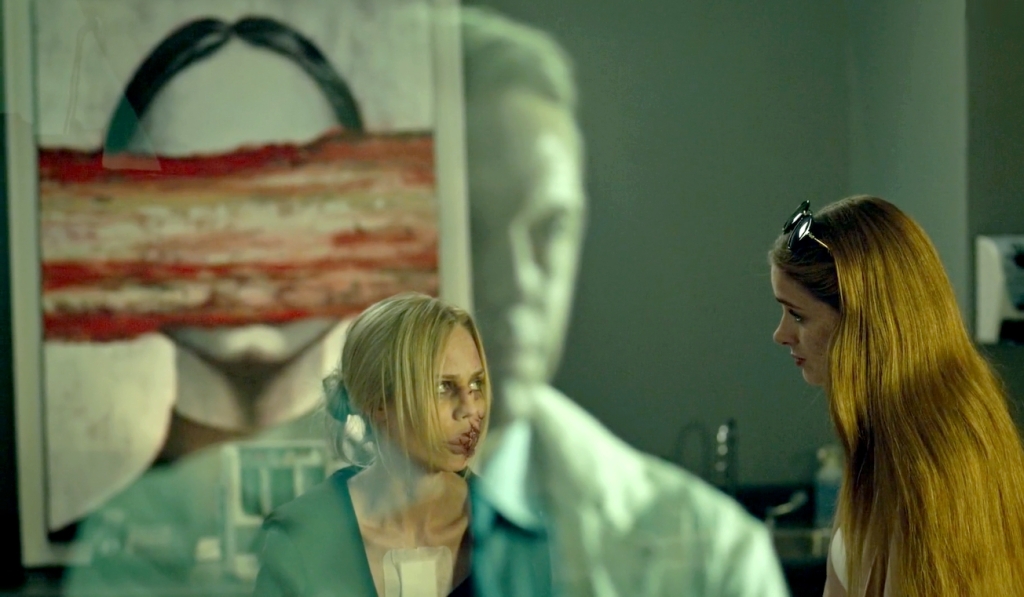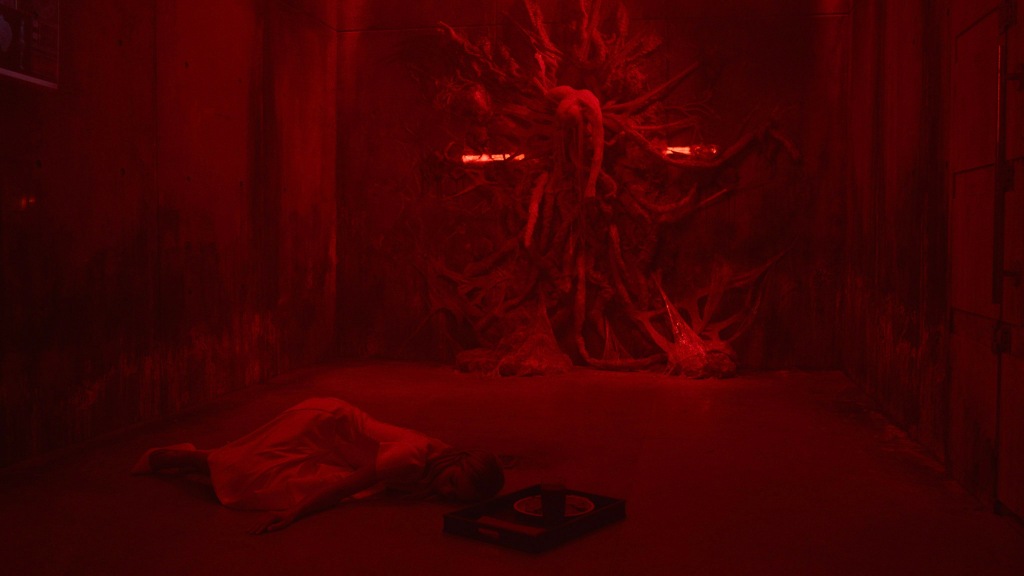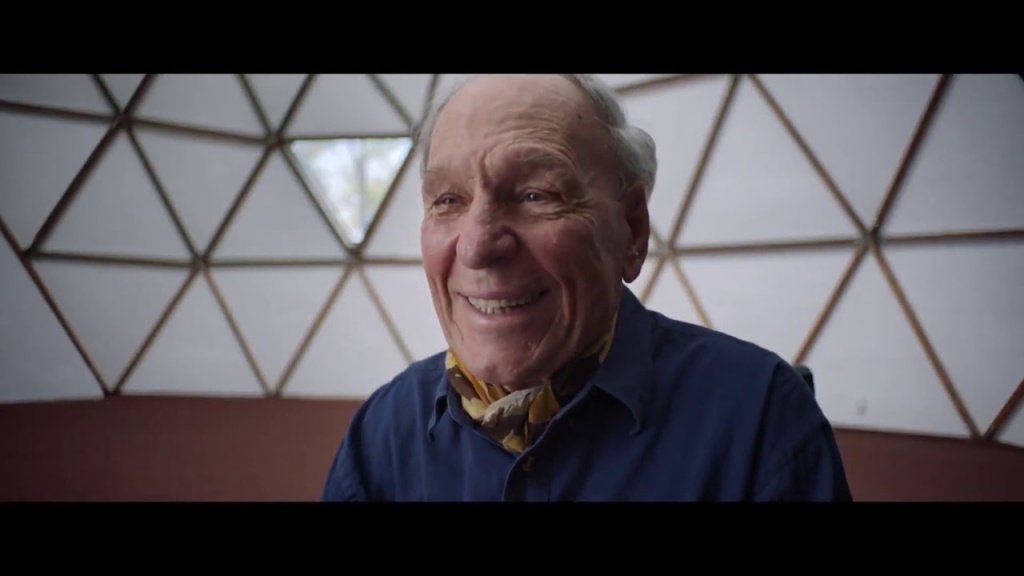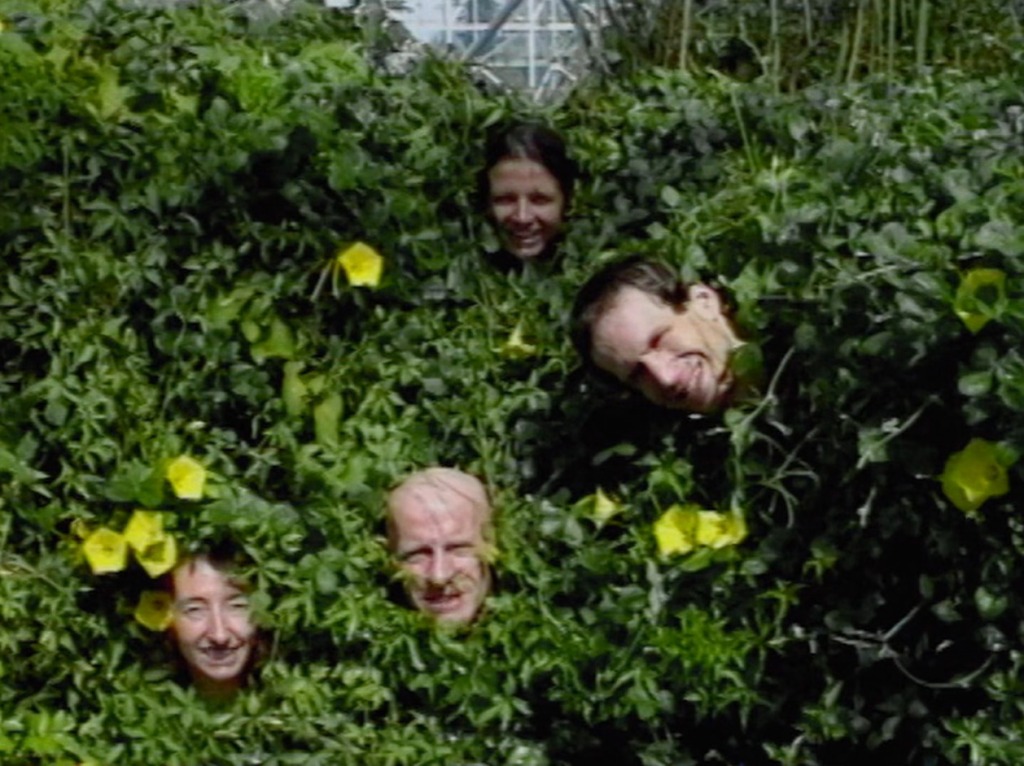I have been able to trace 3 episodes which I added to a YT playlist
1989 Book
It has been very hard to trace this series of documentaries, I really have not managed to find them anywhere. They are some of the fondest memories I have from childhood/adolescence TV, exactly at the cusp of 1988/1989 turmoil, screened by Soviet Perestroika era stations in Russian that we were able to tune into in the South of Romania. It had been a sort of revelation. It was the start of bush tucker documentaries, even a time of replicating bullroarers or spear throwers (atlatl) tools that I found fascinating as a kid in tow with Rahan bande desinee comics we had access to. Tools & technologies dating to upper Paleolithic had a special magic in the midst of the computer revolution. It is now speculated that the Mungo woman, child and man remains – the oldest paleo anthropological remains in Australia suffered from an atlatl elbow & that first migrants from Asia brought the bullroarer with them into the Americas. The 40.000+ yr lake Mungo remains are now protected by Aborigine custodians and also represent one of the oldest cremations we know of. This sort of hunter gather skills & reconstructions I guess is what we would call today paleo lifestyle or neo- anarko primitive ways. Alan Thorne was a non-indigenous archeologist from Australia that has made this incredible 11 episode series around his thesis of human settlements of the Pacific and regional continuity. However old or quaint from our perspective, this series promoted a long view of pre-European contact history, of continuous living across the whole Pacific. I find it very important in the case of aborigines & other native populations that have suffered so much and are still fighting against extractive industries and their first comer right to be there on their ancestral tribal grounds. Man (and woman) on the rim is almost a thesis of Pacific humanity, Homo maritimus of sorts spawning a myriad cultures developing not at a continental core but the largest water body on the planet – the Pacific Rim and the thousands of Islands that surround and dot it from one end to the other. More recently we’re being able to test another intriguing hypothesis – that the shellfish rich seas around South Africa’s coastaline have been the first examples of modern humans living off the sea as well a distinct stepping stone during a harsh period in our species history. Remains at Mossel bay in S Africa from 164.000-35.000 yr ago are proof of surving the so-called bottleneck of the Glacial Stage 6, revealed first by genetic evidence. Everybody now alive is descended from a small group of modern humans (maybe a few hundred), maybe even one ethnolinguistic group that spread outward afterwards & mingled with smaller bands it met along the way. It made it against all odds thanks to the mild paleoclimate & plenty of shellfish/geophyte energy rich bulbs of the fynbos – coastal refugia abounding along those coasts. This S African coastal region, growing & retreating with the sea level offers some of the the first proof regarding invisible cognitive enhancements to go with the anatomical modernity – such as lunar calendars to be able to follow ebb/flow, microlithic technologies, heat treated red ochre since at least 110.000 years ago and a special aesthetic value of seashells washed from the bottom of the sea to the shore. The tracking of shifting shoreline, the retreating or advancing oceanic waters during cooling & warming periods and a widening continental shelf speaks about the affordance of livingcclose to the ocean.
Man on the Rim offers an incredible vision of island jumping, of nautic travelers and nautic cultures, of boat makers, of boat people living most of their lives on the water. For me it was and is one of the most incredible and eye opening documentaries out there. Coming out of a period of isolation in Romania, a country that was politically closed down for much of the 80s, as well as the difficulty of having the means to travel right after 1989, you traveled on-board such documentaries. And what an occasion! Most of the time civilization (canonical version of history), settlement, human development, evolution has been always described as rising around big rivers, around big inland seas, or along fertile crescents. Here you can see the huge number of estuaries, coasts, rich mangrove swamps giving rise to new ways of life. Understanding the waters and living with countless fisherman tribes, villages and hunter-gatherer traditions fostered a wide array of boat designs – which are probably the most top notch sophisticated and accomplished pieces of design humanity has produces. These thalassocratic societies are explored in this documentary series. I guess the documentary also expresses a new confidence of the Asia Pacific economic Sphere, the Chinese coastal Special Economic Zones, cities like Singapore, HK or Shanghai on the rise or peninsular or insular powers South Korea and Japan being part of it. Australia was hoping to get more out of this regional hub, recognizing its role as more closely connected to Indonesia or China than say its remote British Atlantic progenitor. This account of regional prehistory is key to a larger role to be played by Asia-Pacific confluence, and Man on The Rim is coalescing around larger 80s- 90s economic, cultural & environmental coastal trends.
First episode introduces the first ever water Wallacea migrations and maritime existence, and also the first insular early relatives of humanity from a skullcap, tooth and tigh bone fossil of Java man(Homo erectus erectus)- the oldest hominid at the time discovered by Eugène Dubois at Trinil on the banks of Solo river in 1891-1892. In the meantime we also have the telling, more complex and enlightening case of the Homo florensis a small archaic distant relative, result from a possible very early migration & island effect plus a bounty of new human fossils found both in Indonesia (Sangiran dated to almost 1.7 mil yr) and China (discovered in these last 30 years). It is an incomplete and quaint documentary, some things have not aged well, still I think the circumpacific vision should stay with us – and it’s thesis is intriguing. I will always remember the bamboo rafts that have been considered as some of the first potential designs and transport from Southern China, Taiwan and SE Asia into the incredible diversity of island universes that lay in wait towards Australia during the last glaciations, where the waters retreated, land bridges opened and cross-overs became shorter with the next shore in reach. They kept tracking the changing shore with each new Glacial period or in between. We have to remember there were no maps, no actual image of what was out there, just the experience of previous shores and previous ways of being on the water. It is also an important documentary to establish migration and waves of migration like the numerous continuous waves of the oceans as important and fundamental part of humanities existence on this planet, in spite of all the borders, the walls and all the current national ethnostate-politics. The bamboo is almost the basis for a bamboo civilization across Asia Pacific region. The earliest evidence of humans in Australia are btw ~50.000 to ~65.000 yr ago, and are final proof of maritime cross over, since there was always a 80 – 100km sea gap in Late Pleistocene between Australia & New Guinea forming the Sahul continent and the other islands of the Wallacea, Timor and Southern Malukku that needed to be crossed. The subsequent Austronesian and Polynesian wave of migrations is a marvel of history.
Second episode recounts the incredible 40.000-50.000 yr continuous old history of the peopling of the island continent of Australia, a complete biogeographic isolate in a sense for millions of years, with its own very specific and variegated flora and fauna, including some of the most bizarre (from our mammalian boring perspective) beings to roam on this earth, with lots of ancient living fossils (some like the Wollemi pine being discovered quite recently). The Aborigines, those who have suffered the full impact of the white man’s exploitation, genocide and colonization are the first ancient waves of migration that came from Asia (and many waves since), that still keep alive traditions of mangrove life, a life that made possible the exploration of the whole Pacific in the end, of living off the land and of feeling at home along this extended Rim of salt water biomes, a familiar environment that stretched on every coast, every atoll and that offers, shellfish, mussels, fish, and plenty of other things to the ones in the know. The mangrove living, the cooking on the beach, in the ashes or embers or in the sand are still to be found here in the northern islands of Australia. The newcomers from Australasia spread out into the inner of the continent, into various and other very different inland ecosystems, diverging & remotely related to the initial coastal fisherman newcomers, finding during the next thousands of years a home from the billabong to savanna to the jungle in the north or the mountains in thr east.
Third episode features the Pacific NW, one of the most linguistically and culturally diverse & rich areas in the whole of the Americas. It also dwells into the ancient North American cultures such as the ancestral Puebloans/Anasazi or the Mound builder cultures of the indigenous pre-Columbian populations. I will focus on the native tribes of the NW living on the Pacific coasts for countless years, enjoying fishing & hunting while this coastal route of migration is one of the oldest. From the Aleutian islands in the north when the Beringia was a bridge btw continents, some of the first humans made their way, arriving from Asia trough an ice free corridor along the coasts & in between the mountains. Salmon runs, shells middens, plenty of mussles, Eulacheon fish grease trails, kelp forests, dense gigantic redwood temperate rainforests, humidity & continuous rain a year long, rivers rich with fish flowing from the Cascade mountains to the Pacific made these coasts, inlets and islands one densest inhabited areas in the world for non agricultural populations. Many had developed highly hierarchical societies, sophisticated designs, carvings & huge ocean going canoes, elaborate songs and famous totem poles. They were united by lavish and opulent feasts of excess and gift giving ceremonies called Potlatch – specific for the whole region, that have been studied at length by antropologist and that have become banned by government and subsequently reintroduced.


